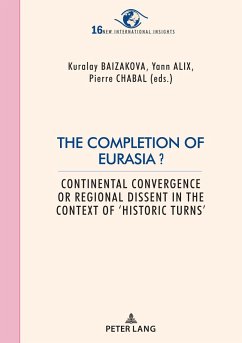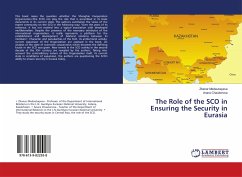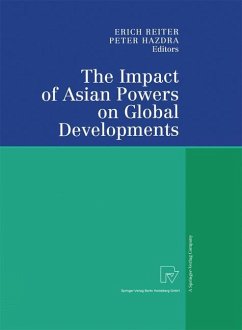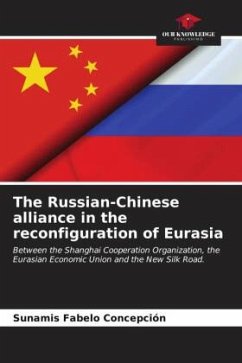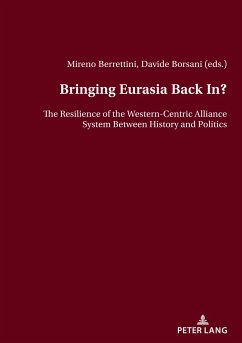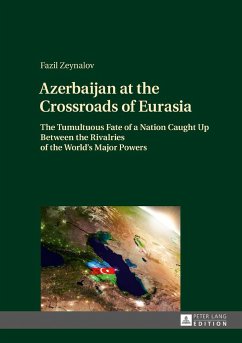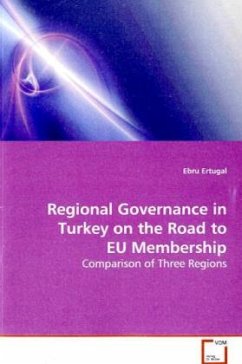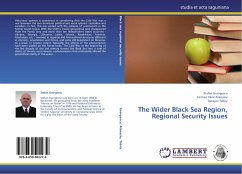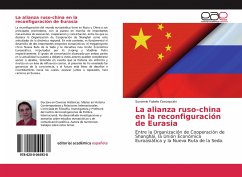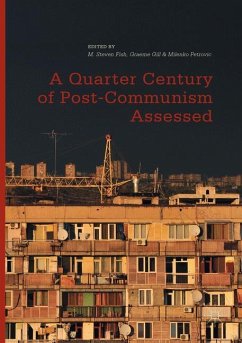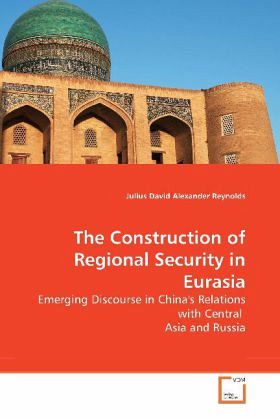
The Construction of Regional Security in Eurasia
Emerging Discourse in China's Relations with Central Asia and Russia
Versandkostenfrei!
Versandfertig in 6-10 Tagen
49,00 €
inkl. MwSt.

PAYBACK Punkte
0 °P sammeln!
Security in Eurasia has traditionally been studied through a realist prism, emphasizing military concerns and the pre-eminent influence of great powers. Russia has long been considered to encompass Central Asia in its security sphere on account of the common Soviet legacy. China, on the other hand, has been deemed to dominate security patterns in the East Asian region, where its national interests are dominated by competition with Japan and the unresolved issue of Taiwan. Scant attention has however been paid to the securitization of threats by local state actors through discourse, and how thi...
Security in Eurasia has traditionally been studied through a realist prism, emphasizing military concerns and the pre-eminent influence of great powers. Russia has long been considered to encompass Central Asia in its security sphere on account of the common Soviet legacy. China, on the other hand, has been deemed to dominate security patterns in the East Asian region, where its national interests are dominated by competition with Japan and the unresolved issue of Taiwan. Scant attention has however been paid to the securitization of threats by local state actors through discourse, and how this has increasingly tied the security of Russia and Central Asia to China. This book fills this research gap by exploring securitizing discourse and the evolution of structural factors in China-Russia and China-Central Asia relations in 1991-2008. Through the empirical study of how security issues are socially constructed, the non-military and trans- national nature of threats emerges, ultimately demonstrating how geographic proximity remains the primary generator of interdependence.



